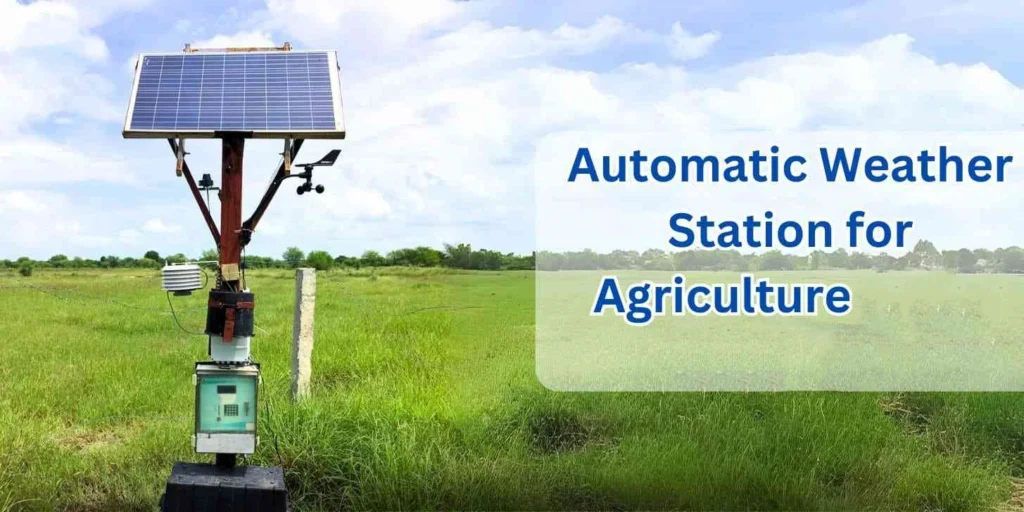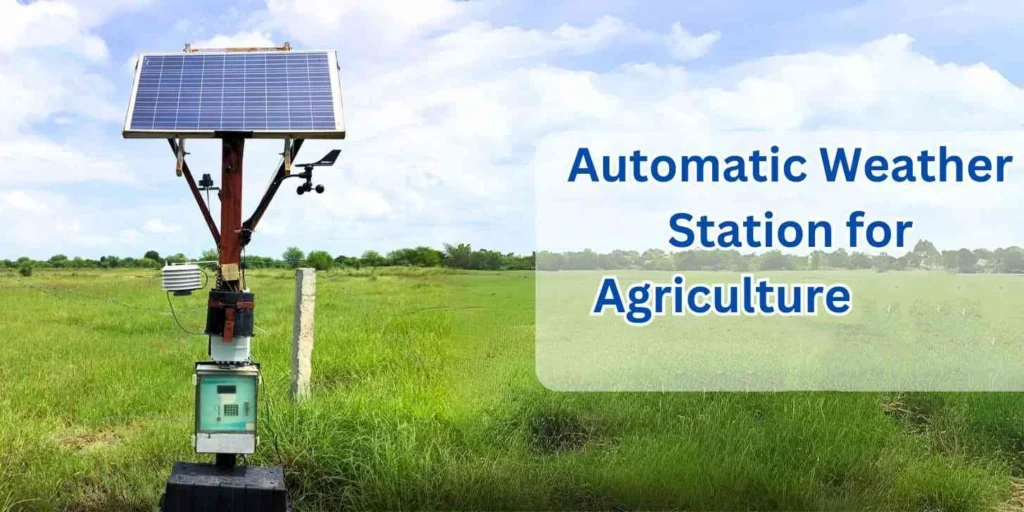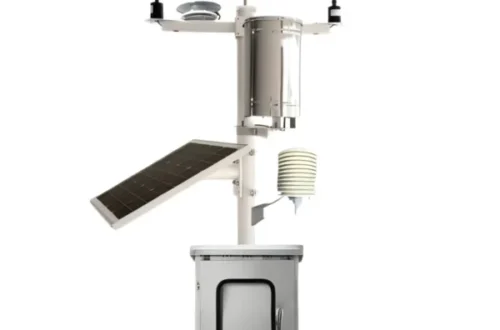
Understanding the Functionality of Automatic Weather Stations

# Understanding the Functionality of Automatic Weather Stations
Automatic Weather Stations (AWS) are advanced systems designed to collect and record meteorological data without the need for constant human intervention. These stations are widely used in various fields, including agriculture, aviation, and environmental monitoring, to provide accurate and real-time weather information.
## What is an Automatic Weather Station?
An Automatic Weather Station is a network of sensors and instruments that measure atmospheric conditions such as temperature, humidity, wind speed, wind direction, rainfall, and barometric pressure. The data collected by these sensors is transmitted to a central processing unit, which then processes and stores the information for further analysis.
### Key Components of an AWS
An AWS typically consists of several key components:
– Sensors: These are the primary instruments that measure various weather parameters. Common sensors include thermometers for temperature, hygrometers for humidity, anemometers for wind speed, and rain gauges for precipitation.
– Data Logger: This device records the data collected by the sensors. It is often equipped with memory storage to retain data over extended periods.
– Communication Module: This component transmits the collected data to a central server or database. It can use various communication methods, including cellular networks, satellite links, or radio frequencies.
– Power Supply: AWS units are usually powered by solar panels or batteries to ensure continuous operation, especially in remote locations.
## How Does an Automatic Weather Station Work?
The functionality of an AWS can be broken down into several steps:
– Data Collection: Sensors continuously monitor and measure atmospheric conditions. For example, a thermometer will record temperature changes, while an anemometer will track wind speed.
– Data Transmission: The collected data is sent to the data logger, which processes and stores the information. The communication module then transmits this data to a central server or database.
– Data Analysis: Once the data reaches the central server, it can be analyzed using specialized software. This analysis helps in generating weather forecasts, climate studies, and other meteorological reports.
– Data Dissemination: The processed data is made available to users through various platforms, such as websites, mobile apps, or direct data feeds. This allows stakeholders to access real-time weather information and make informed decisions.
## Applications of Automatic Weather Stations
Automatic Weather Stations have a wide range of applications across different sectors:
– Agriculture: Farmers use AWS data to optimize irrigation schedules, predict pest outbreaks, and plan planting and harvesting activities.
– Aviation: Airports rely on AWS to monitor weather conditions, ensuring safe takeoffs and landings.
– Environmental Monitoring: AWS helps in tracking climate change, monitoring air quality, and studying ecosystems.
– Disaster Management: Real-time weather data from AWS is crucial for predicting natural disasters like hurricanes, floods, and droughts, enabling timely evacuation and response efforts.
## Advantages of Using Automatic Weather Stations
There are several benefits to using AWS:
– Accuracy: AWS provides highly accurate and reliable data, which is essential for precise weather forecasting and analysis.
– Real-Time Data: The ability to collect and transmit data in real-time allows for immediate response to changing weather conditions.
– Cost-Effective: Once installed, AWS requires minimal maintenance, making it a cost-effective solution for continuous weather monitoring.
– Remote Accessibility: AWS can be deployed in remote and inaccessible areas, providing valuable data where traditional weather stations cannot be installed.
## Conclusion
Automatic Weather Stations play a crucial role in modern meteorology by providing accurate, real-time weather data. Their ability to operate autonomously and transmit data efficiently makes them indispensable in various fields, from agriculture to disaster management. As technology continues to advance, the functionality and applications of AWS are expected to expand, further enhancing our ability to understand and respond to weather patterns.
Keyword: what is automatic weather station



